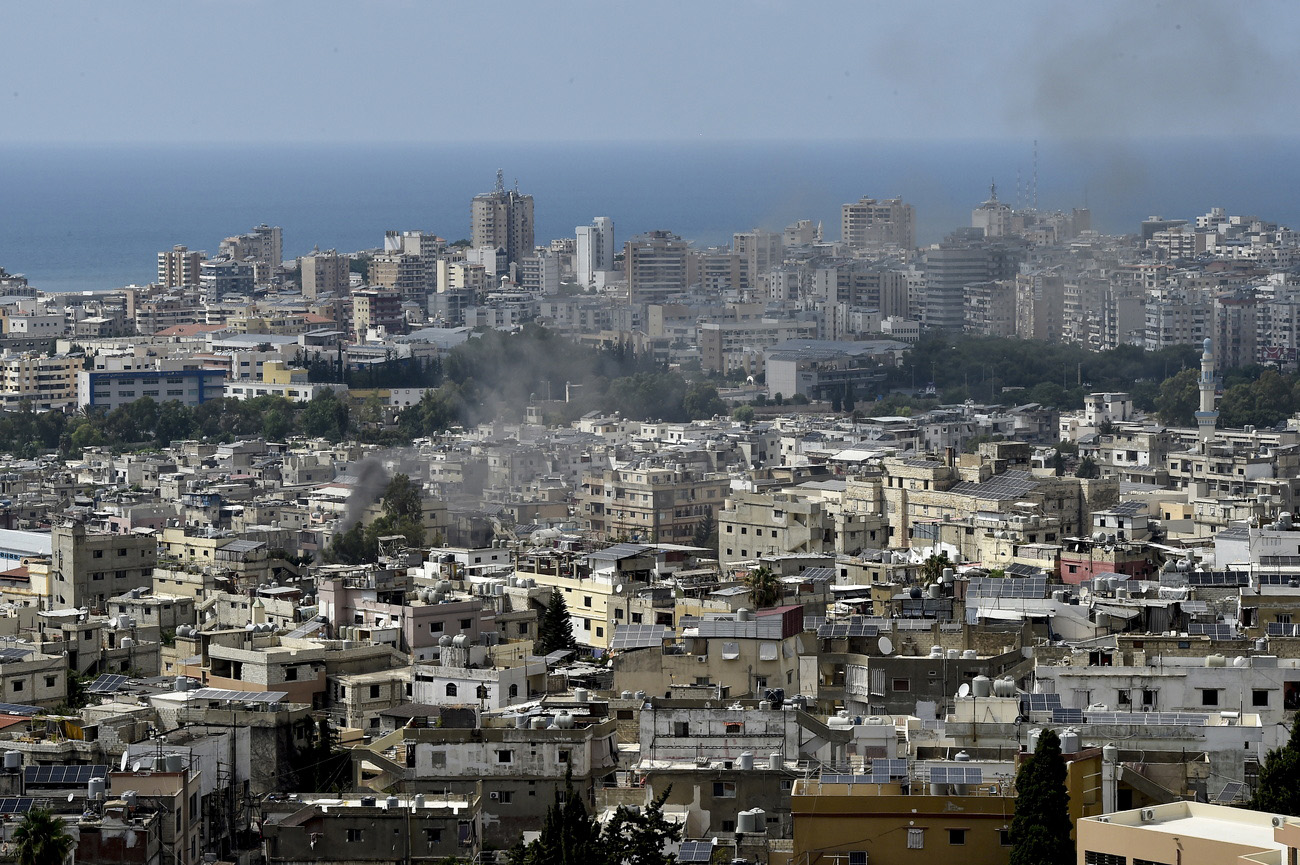
‘The only way to save glaciers is to stop global warming’
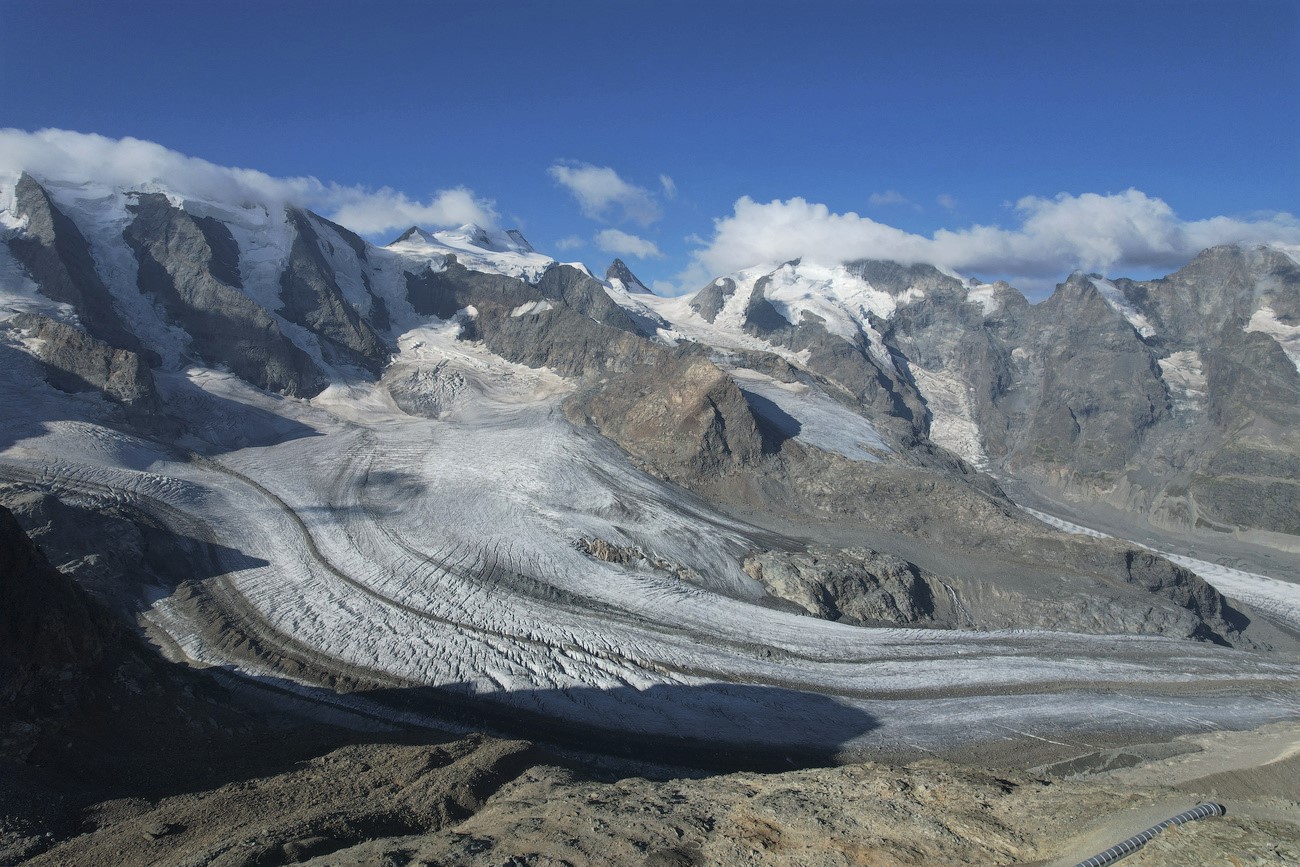
Dutch climatologist Johannes Oerlemans has been recognised for his decades of research on glaciers and ice sheets. In an interview with SWI swissinfo.ch he talks about the most important discoveries of his career, the consequences of melting ice and the attempt to slow down the melting of a glacier in Switzerland with artificial snow.
A geophysicist by training in the mountainless Netherlands, Johannes “Hans” Oerlemans’ concern about sea level rise brought him to Switzerland to study glaciers in the 1990s. In September 2022, the 72-year-old emeritus professor at Utrecht University and Dorthe Dahl-Jensen of Denmark were awarded a renowned academic prize from the Swiss-Italian Balzan Foundation for their work on the dynamics of glaciers and ice sheets.
In Switzerland, Oerlemans co-founded the GlaciersAlive association, which aims to find sustainable solutions for water resource management. One of the association’s projects is aimed at preserving the Morteratsch glacier in Graubünden, a popular tourist and skiing destination, using artificial snow.
SWI swissinfo.ch: You were born in the flat Netherlands but have spent decades studying glaciers. Why did your research draw you to Switzerland?
Johannes Oerlemans: At the beginning of my career, I was mainly doing computer simulations of glacier evolution. But not much was known about what was happening on their surface. So we had the idea of installing a permanent weather station on a glacier in order to study the interaction between climate and glacier.
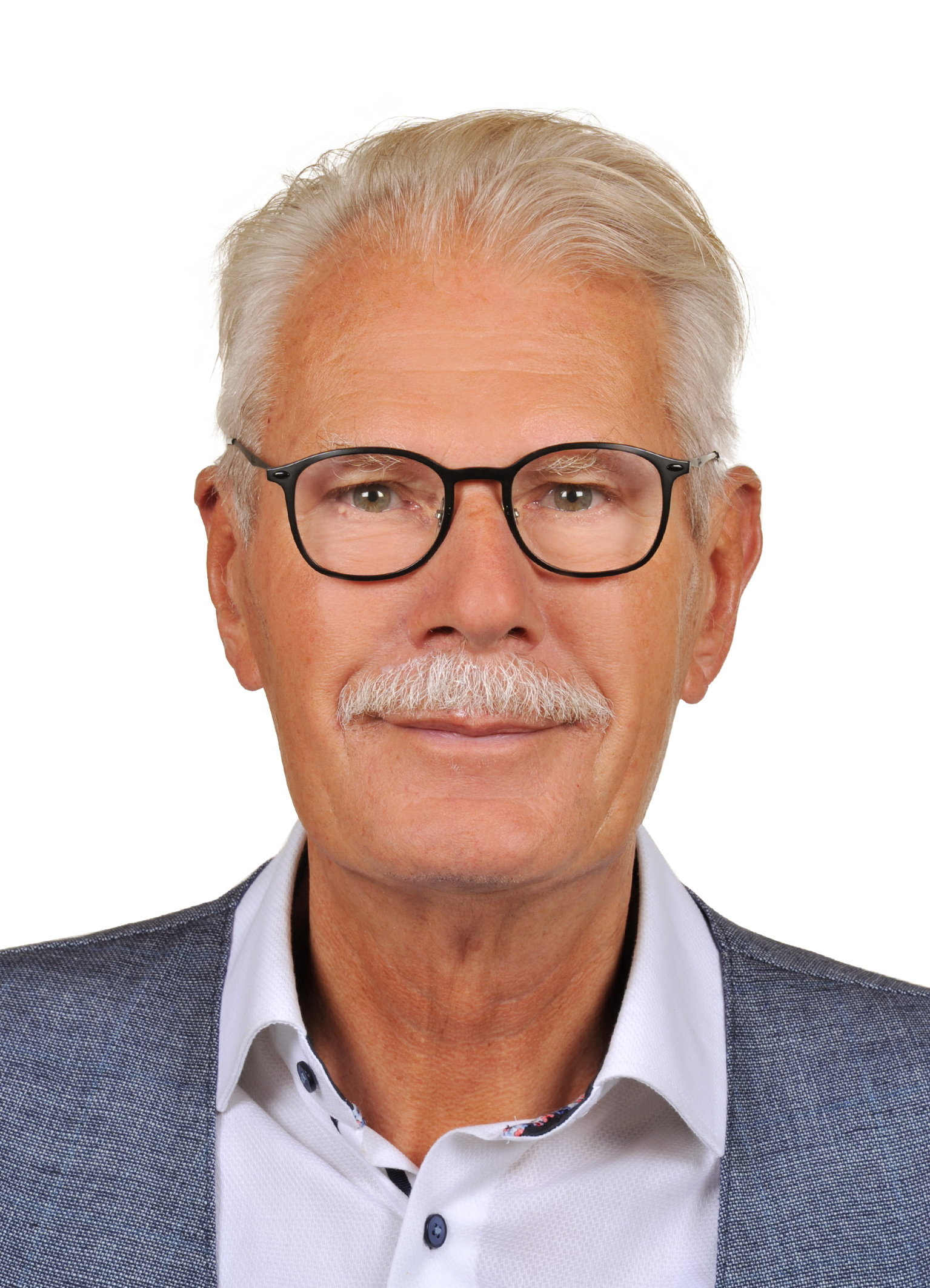
At the suggestion of Wilfried Haeberli, a Swiss friend and colleague, I chose the Morteratsch glacier [in Graubünden]. It is the best place because there is no danger of avalanches and it is easily accessible. Twenty years ago, it was the only place in the Alps where you could reach the snout of the glacier even in a wheelchair. We started measurements in 1995 and since then I have been on Morteratsch a hundred times.
SWI: What has been the most important observation in your career?
J.O.: That’s a difficult question [laughter]. I would say the discovery of the existence of a very distinct microclimate on glaciers, made possible by the weather stations we installed on glaciers in Iceland, Greenland, Austria and Switzerland. Near the surface of a glacier, the weather conditions are different from those of the surrounding environment. There is always wind on a glacier and the air is always moving downslope. This has an impact on the melting process.
SWI: Glaciers are melting almost all over the world. That’s nothing new, it happened many times in the past. What is different today?
J.O.: The Earth is 4.5 billion years old and has been without glaciers for most of that time. Periods with glaciers are relatively short and we are now in one of them. There have always been fluctuations, but what is different today is the speed at which the glaciers are retreating.
SWI: The year 2022 was “disastrous” for Swiss glaciers according to the Swiss Academy of Sciences. They lost more than 6% of their volume. Is there still time to protect them?
J.O.: It is impossible to preserve all Swiss glaciers. The only way is to reduce CO2 emissions and mitigate global warming as much as possible. But glaciers respond slowly and even if we fix the climate today they will continue to retreat for a few decades. However, it is possible to reduce the melting in individual cases.
SWI: Some glaciers in Switzerland have been covered with geotextiles, which are effective at slowing the melting. You and the Swiss glaciologist Felix Keller are working on another solution: preserving the Morteratsch glacier with artificial snow. How exactly does it work?
J.O.: Morteratsch is too large [about 15 square kilometres] to be covered with geotextiles, which by the way are not very environmentally friendly either. Moreover, it is a moving glacier. We therefore decided to protect the front of the glacier, the melting area, with artificial snow. The water is not pumped in, so there is no need for electricity. We use the melt water that accumulates in a small lake at high altitude, which, thanks to a difference in altitude of 200 metres, reaches us at a pressure of 20 bar.
The water flows in a system of pipes suspended above the glacier, in which the heads of snow lances developed by a Swiss company are anchored. We can produce artificial snow when the temperature drops below freezing. There is a spontaneous formation of ice crystals and therefore no need for chemical additives.
The graphic below shows the location of the glacial lake and snow pipes (in blue) on the Morteratsch glacier. The line “2040 ohne Beschneiung” shows where the glacier would be without artificial snow by 2040, whereas the line “mit Beschneiung” shows the glacier’s location by 2040 with artificial snow.
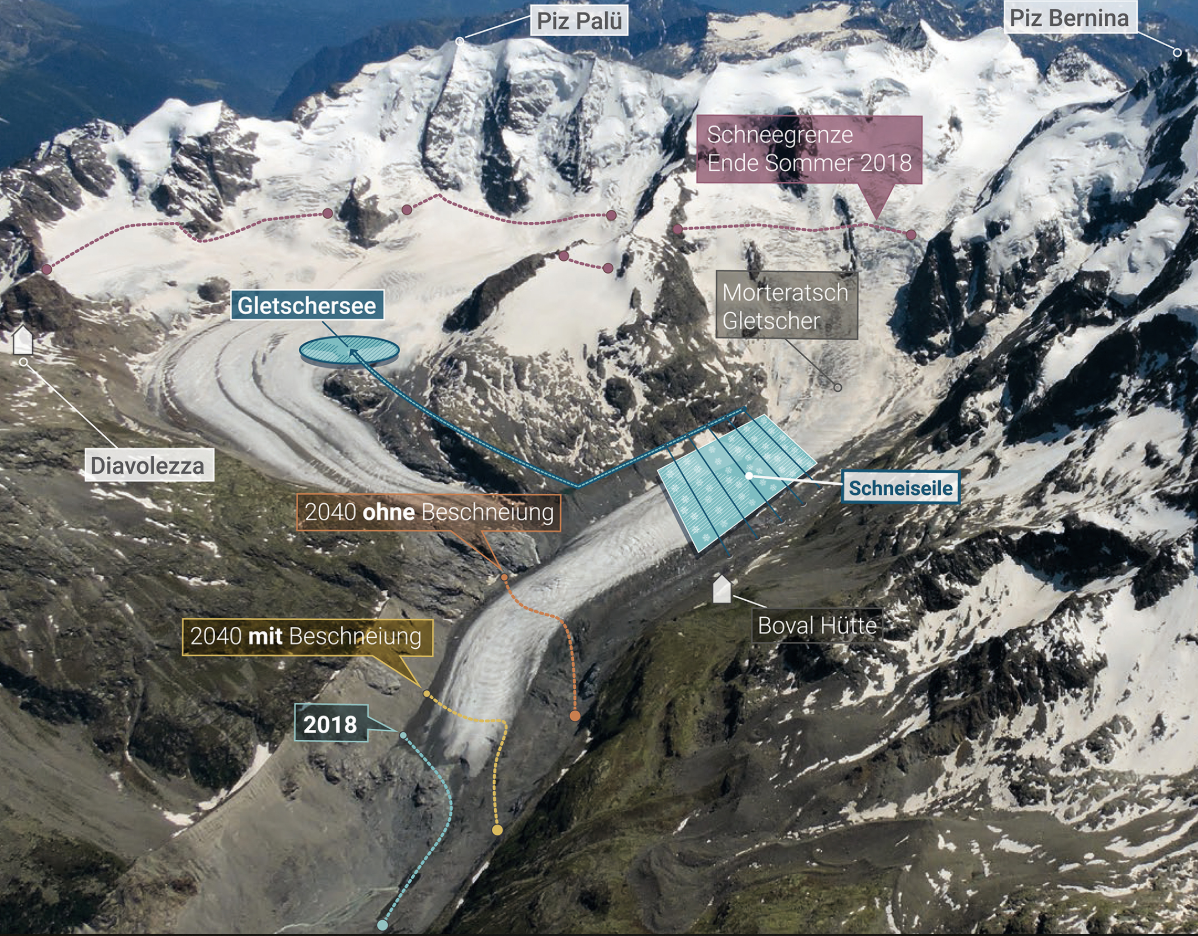
SWI: Why is the Morteratsch glacier so important?
J.O.: It is no more important than many others, but it is, or at least used to be, an enormous tourist attraction. The glacier is extremely important for the local economy. With the technology we have developed, it would theoretically be possible to preserve it or at least delay its complete melting.
SWI: What are the main challenges?
J.O.: The availability of water. In summer there is plenty of water, but it is too hot to produce artificial snow. In winter it is cold enough, but there is little water. You have to make a tradeoff. If there are lakes that are a little higher up than the glacier, as in the case of Morteratsch, you can use the meltwater that has accumulated there.
SWI: A prototype of your technology is in place at Diavolezza, the base station of the cable car taking visitors to Morteratsch. Where does your project stand right now?
J.O.: We tested the technology in Diavolezza for two winters and realized that the system works. We have experimented with pipes about 50 metres long. Now we want to test pipes several hundred metres long.
“I hope our technology will represent a breakthrough in the production of artificial snow.”
SWI: How much artificial snow would need to be produced to be effective?
J.O.: Between 5,000 and 10,000 tons per day. That is a huge amount. To protect the entire Morteratsch glacier would cost a fortune, over CHF100 million ($108 million). I don’t think that will be possible.
SWI: So what is the point of the project?
J.O.: I hope that our technology will represent a breakthrough in the production of artificial snow because it is more environmentally sustainable than conventional snow cannons.
SWI: Could it serve to preserve glaciers elsewhere in the world, for example in the Himalayan region, where they are a water source for hundreds of millions of people?
J.O.: I don’t think so. The glaciers are too big. However, it must be said that most of the water resources in the Himalayas depend on melting snow, not on melting glaciers. For small local communities that depend directly on melt water, the most appropriate solution might be the so-called ice stupas, invented in the Indian region of Ladakh.
The idea is to use the meltwater that comes down from the mountains, even in winter, and store it in ice pyramids up to 50 metres high. When they begin to melt in early summer, they provide millions of litres of water that can be used to irrigate small plantations. This is a technically very simple solution, with a much smaller environmental impact than, for example, building an artificial lake. But of course, it is not an option for larger populations.
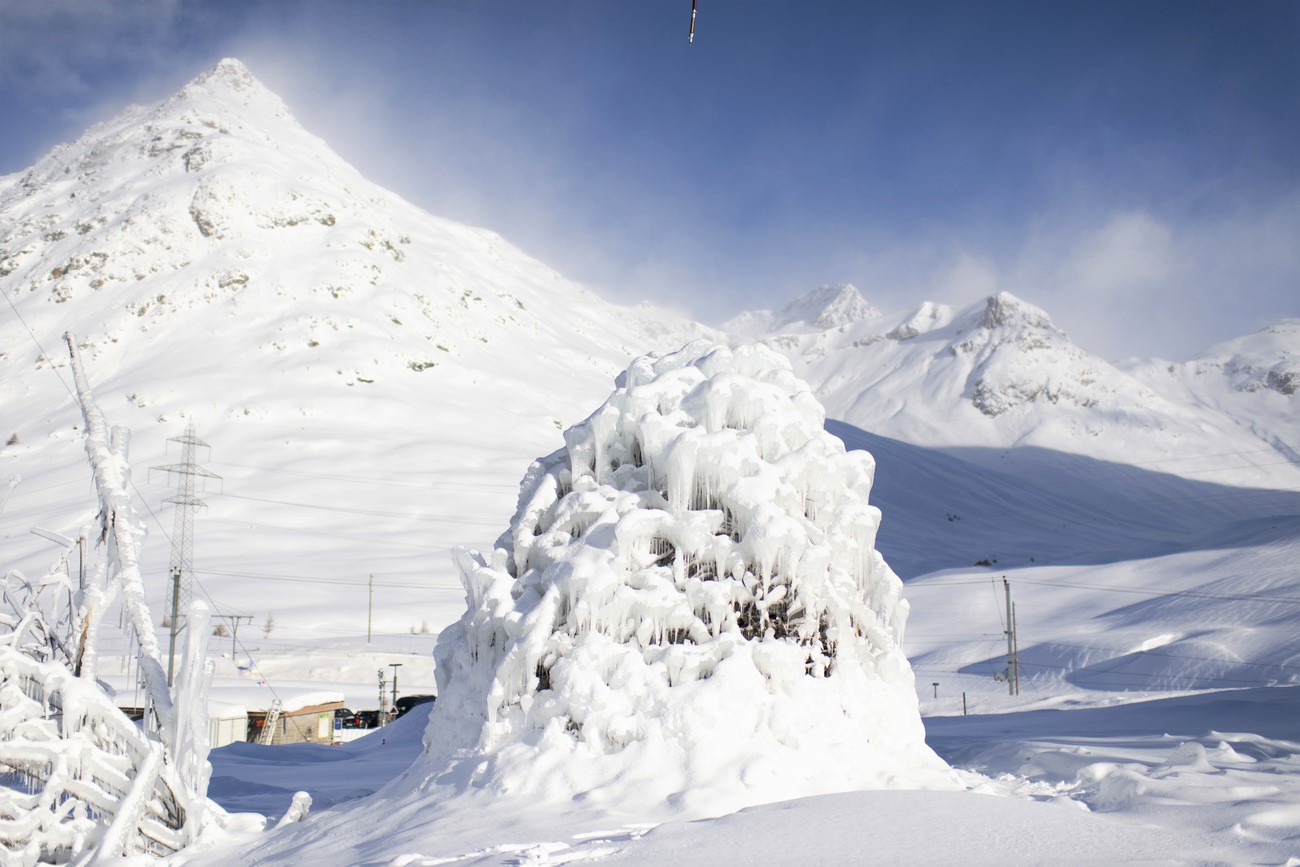
SWI: What are the alternatives?
J.O.: As temperatures rise, the amount of meltwater will continue to increase for the next 10-20 years. Then it will start to shrink and in 50-100 years the glaciers will have largely disappeared. This will be a problem. The only solution is to stop global warming.
J. “Hans” OerlemansExternal link was born on October 8, 1950, in Eethen, the Netherlands. From 1989 to 2019 he was a meteorology professor in the physics and astronomy department at Utrecht University. Since 2019 he has been professor emeritus. He is a member of the Royal Netherlands Academy of Arts and Sciences and the Norwegian Scientific Academy for Polar Research.
Oerlemans has developed computer models on glacier melting and sea-level rise, the results of which are often included in the reports of the Intergovernmental Panel on Climate Change. He has won several scientific awards, including the 2001 Spinoza Prize, considered the “Dutch Nobel Prize”, and the International Balzan Prize 2022, endowed with CHF750,000.
In Switzerland, he co-founded the association GlaciersAliveExternal link, whose goal is to find sustainable solutions for water management. Among the projects is the preservation of the Morteratsch glacier in Graubünden. The idea is to slow its shrinkage by covering the glacier’s melt zone with sustainably produced artificial snow. Oerlemans is also involved in measuring the thickness of the ice on Lake St. Moritz, which hosts various sporting events in winter.
This interview has been edited for length and clarity. Edited by Sabrina Weiss.
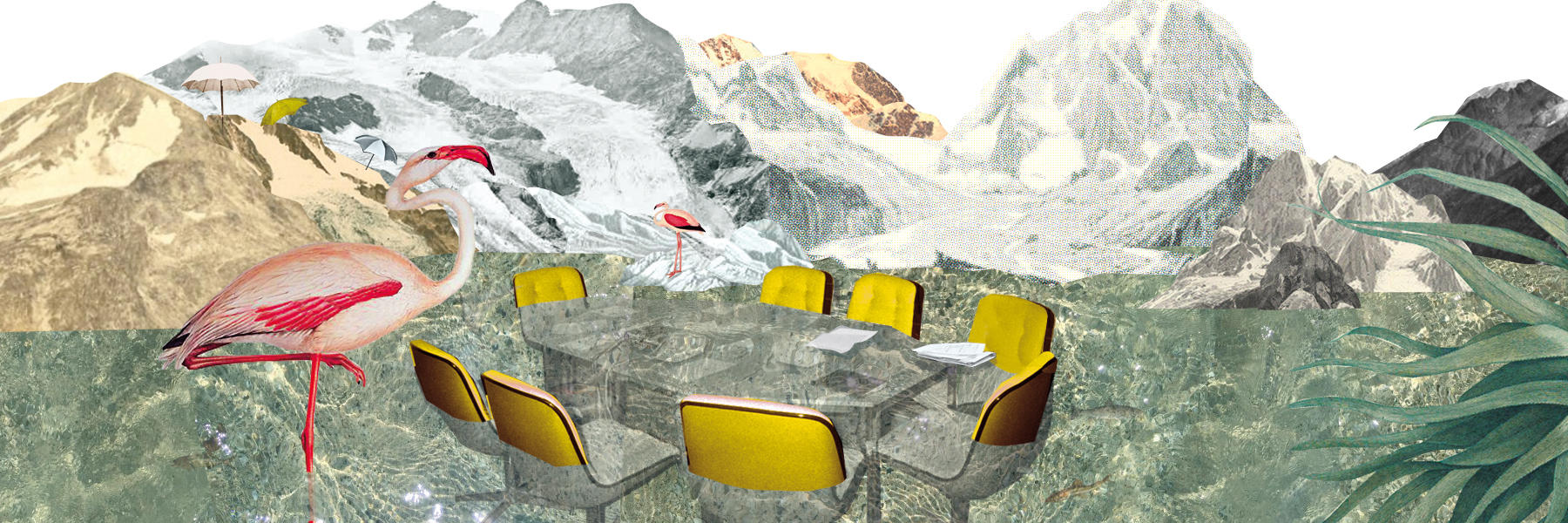
More
Why melting glaciers affect us all

In compliance with the JTI standards
More: SWI swissinfo.ch certified by the Journalism Trust Initiative
















![The four-metre-long painting "Sonntag der Bergbauern" [Sunday of the Mountain Farmers, 1923-24/26] had to be removed by a crane from the German Chancellery in Berlin for the exhibition in Bern.](https://www.swissinfo.ch/content/wp-content/uploads/sites/13/2025/12/01_Pressebild_KirchnerxKirchner.jpg?ver=bb19e376)
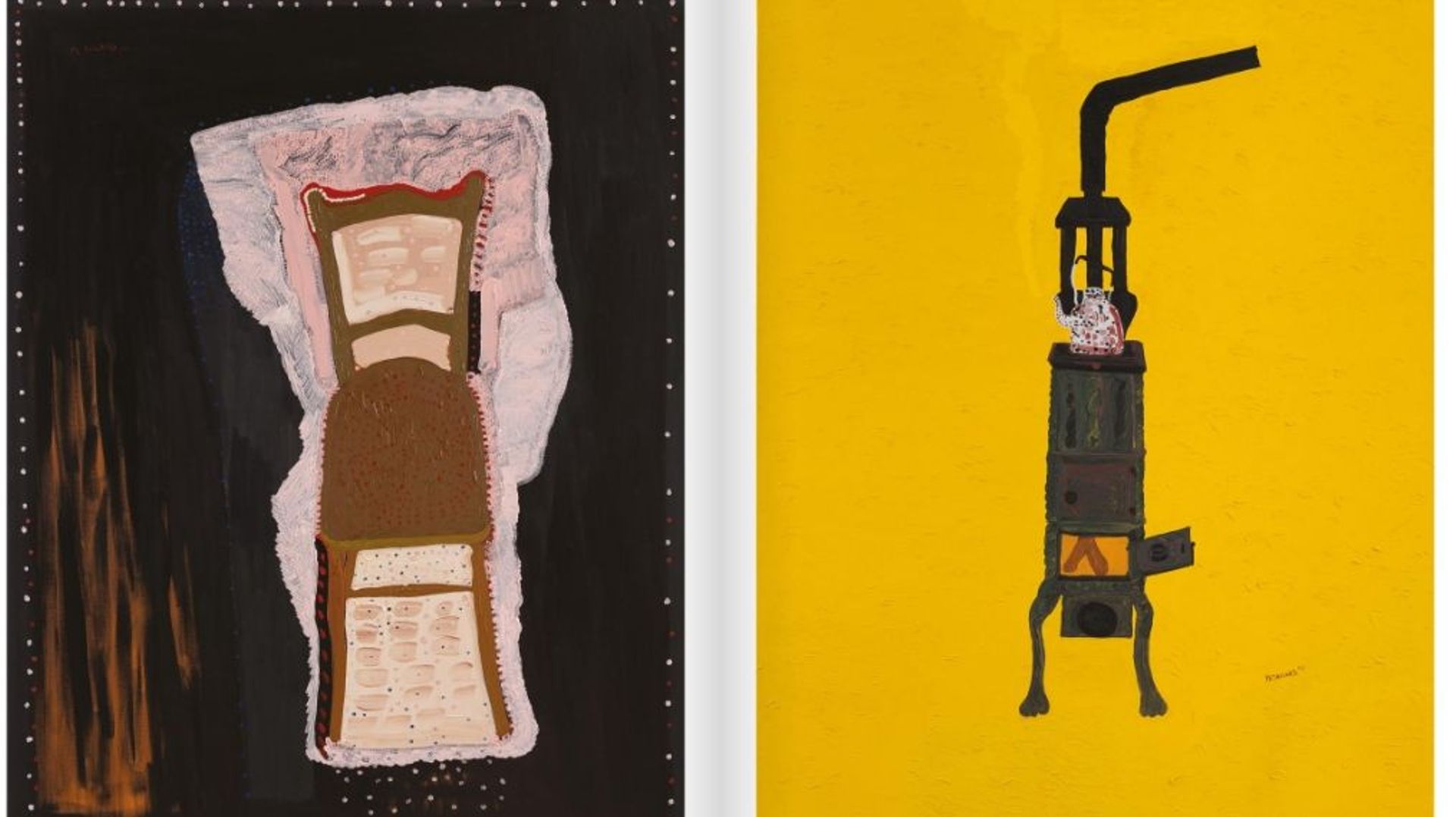









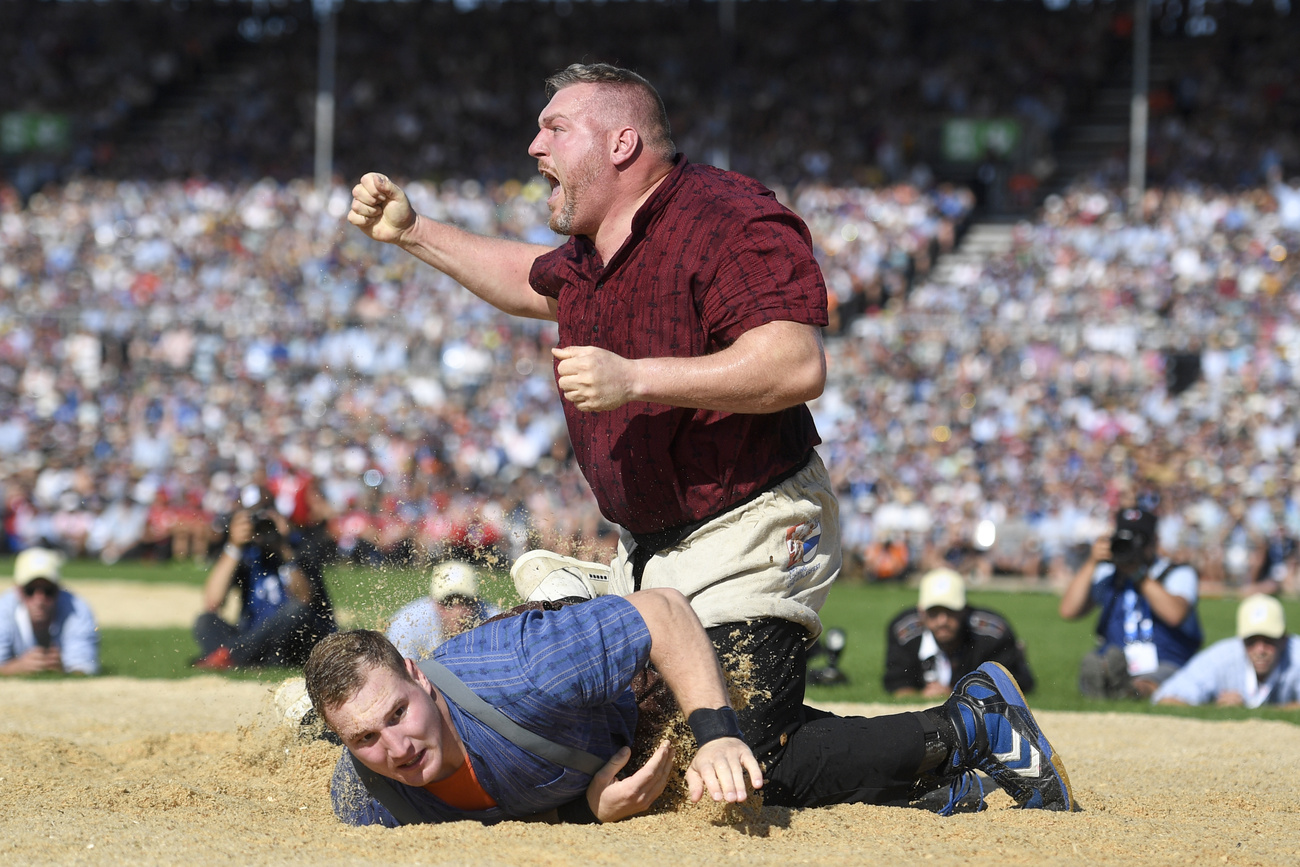




You can find an overview of ongoing debates with our journalists here . Please join us!
If you want to start a conversation about a topic raised in this article or want to report factual errors, email us at english@swissinfo.ch.